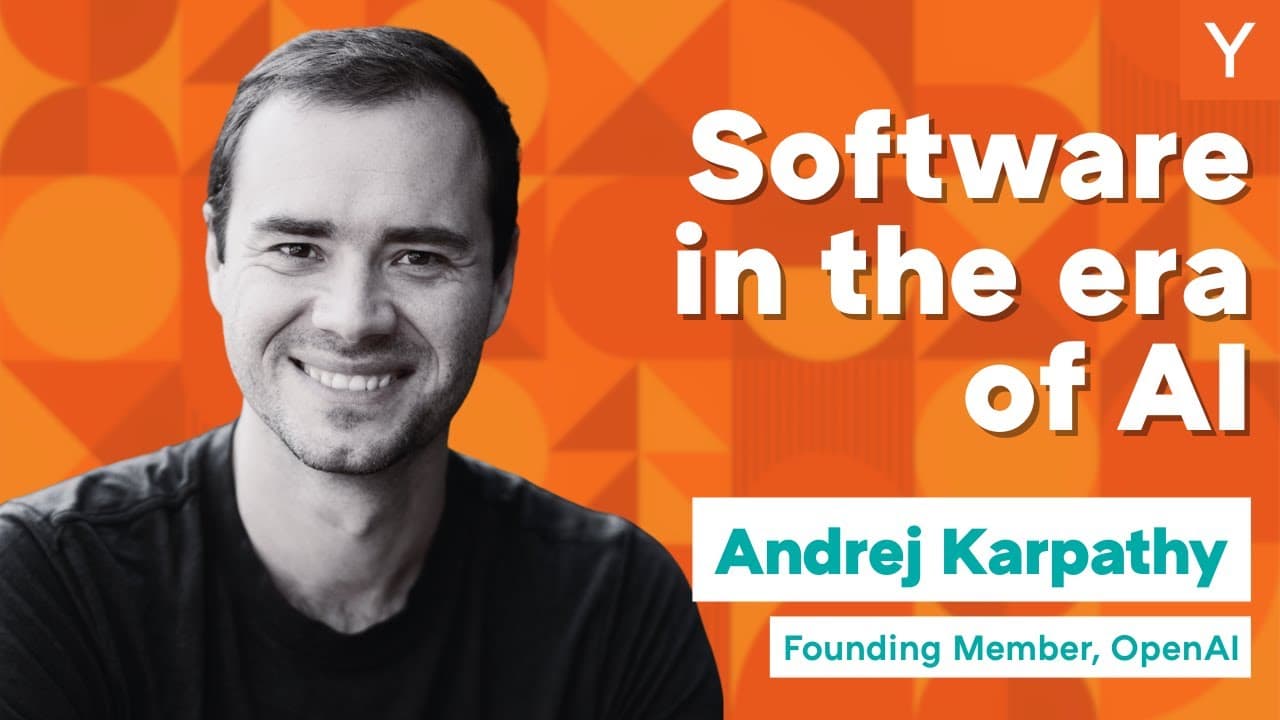Verifiability Drives AI Automation: Karpathy Forecasts Significant Job Market Shifts

Andrej Karpathy, a prominent AI researcher, recently outlined a new framework for understanding AI's economic impact, asserting that "verifiability" is the most predictive feature for tasks amenable to automation. In a social media post on November 16, 2025, Karpathy presented AI as a "Software 2.0" paradigm, fundamentally shifting how digital information processing is automated and influencing job market dynamics. This perspective differentiates AI's capabilities from traditional "Software 1.0," which automates tasks based on explicit, fixed rules.
Karpathy draws a parallel to the 1980s, when computing power automated jobs with "fixed algorithms" like typing and bookkeeping. He explains that "with AI now, we are able to write new programs that we could never hope to write by hand before," by specifying objectives and using neural networks. The key differentiator for Software 2.0 is verifiability, where a task can be "optimizable directly or via reinforcement learning" if an AI can "practice" it in a resettable, efficient, and rewardable environment.
This new programming paradigm suggests that tasks with clear, verifiable outcomes, such as math, coding, and puzzle-solving, will see rapid advancements and automation, potentially surpassing human expert capabilities. Conversely, tasks that are not easily verifiable, including creative, strategic, or those requiring complex real-world knowledge and common sense, will lag in automation. Karpathy noted, "Software 1.0 easily automates what you can specify. Software 2.0 easily automates what you can verify."
Industry experts and analysts have echoed Karpathy's insights, recognizing the profound implications for the workforce. The shift necessitates new skills for developers, with a growing need for "2.0 programmers" who can curate, clean, and label datasets, while "1.0 programmers" maintain the underlying infrastructure. This evolving landscape underscores a fundamental change in software development and its broader economic ramifications.